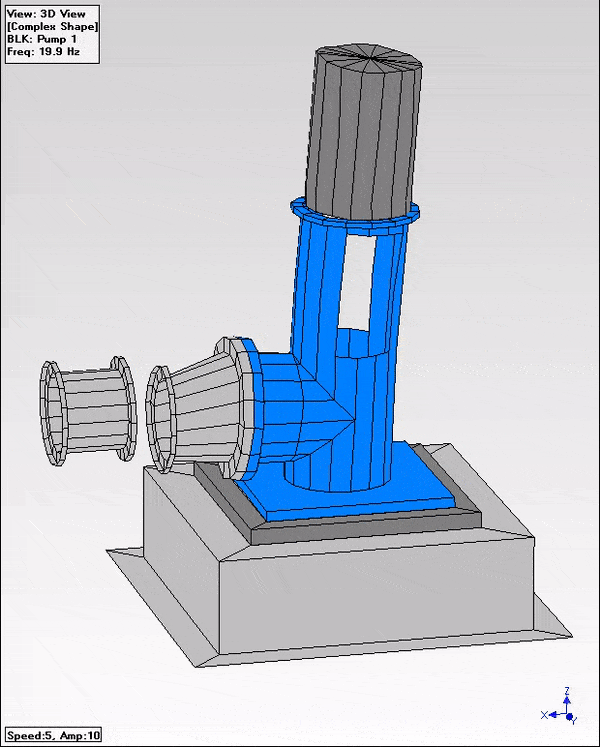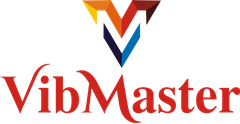
Operating Deflection Shape (ODS) analysis is a method used for visualisation of the vibration patterns of a machine or structure caused by unknown operating forces. This is different from the study of the vibration patterns of a machine under known external forces, which is usually referred to as Modal Analysis.
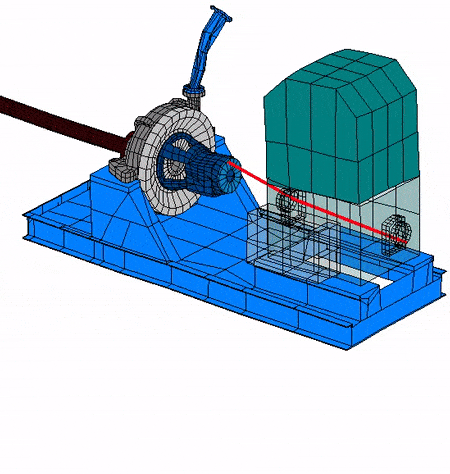
The operating forces for machinery can typically be influenced by engine speed, load, pressure, temperature, flow, etc. For civil engineering structures the operating forces may be due to ambient forces from waves, wind or traffic.
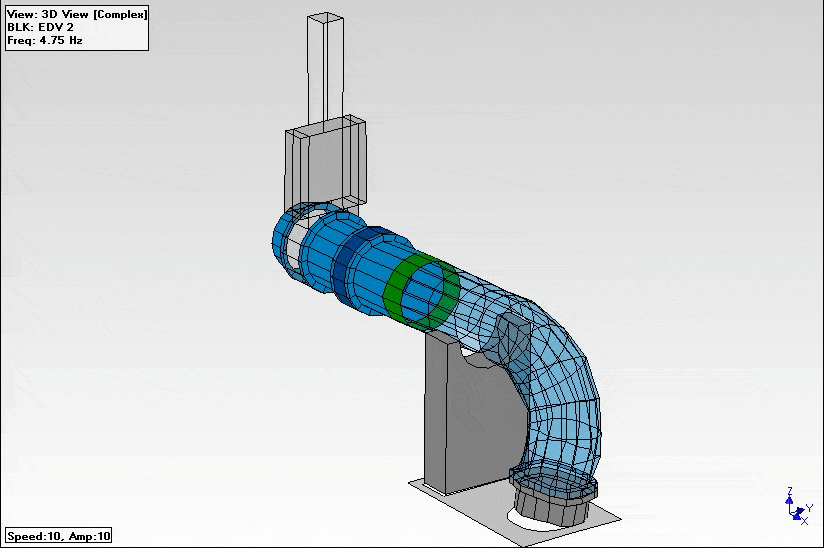
Vibration measurements are performed at different points and directions on a structure and the resulting vibration patterns shown either as an animated geometry model or as a table of values.
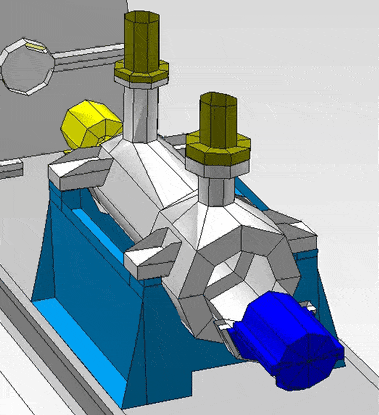
Time Domain ODS are used to investigate the vibration of a structure as a function of time. They useful in showing how the overall deflection shape changes step-by-step for both stationary and non-stationary (transient) signals.
Frequency or Spectral ODS are used to investigate the vibration patterns of a structure at specific frequencies under stationary conditions.
Running Modes ODS are used to investigate the vibration patterns of a structure at specific frequencies as a function of rotational speed.
Running Orders ODS are used to investigate the vibration patterns of a structure at specific orders as a function of rotational speed.
Modal analysis is the study of the dynamic properties of linear structures, based on structural testing or finite element analysis-based simulation. These dynamic properties include resonance frequencies (also called “natural frequencies”) and structural modes.
